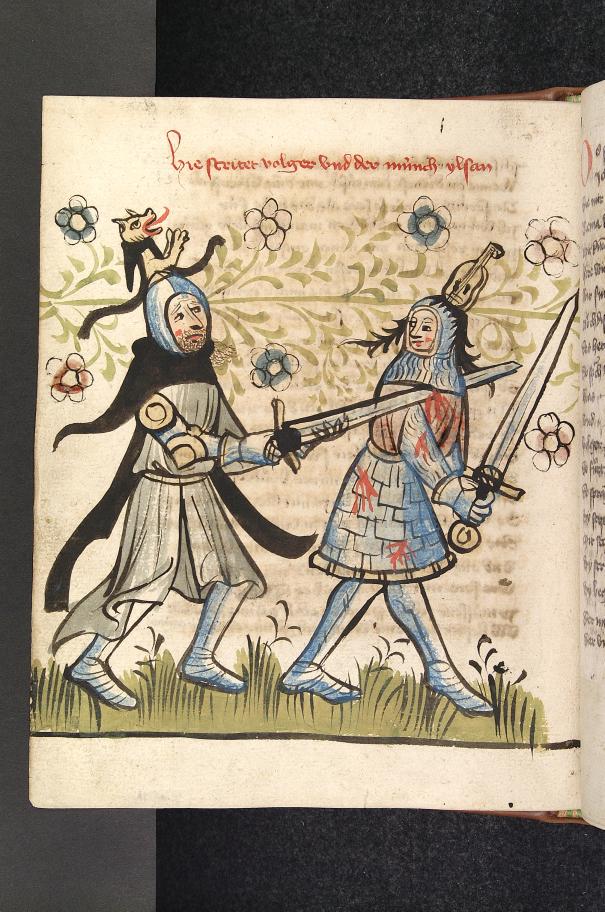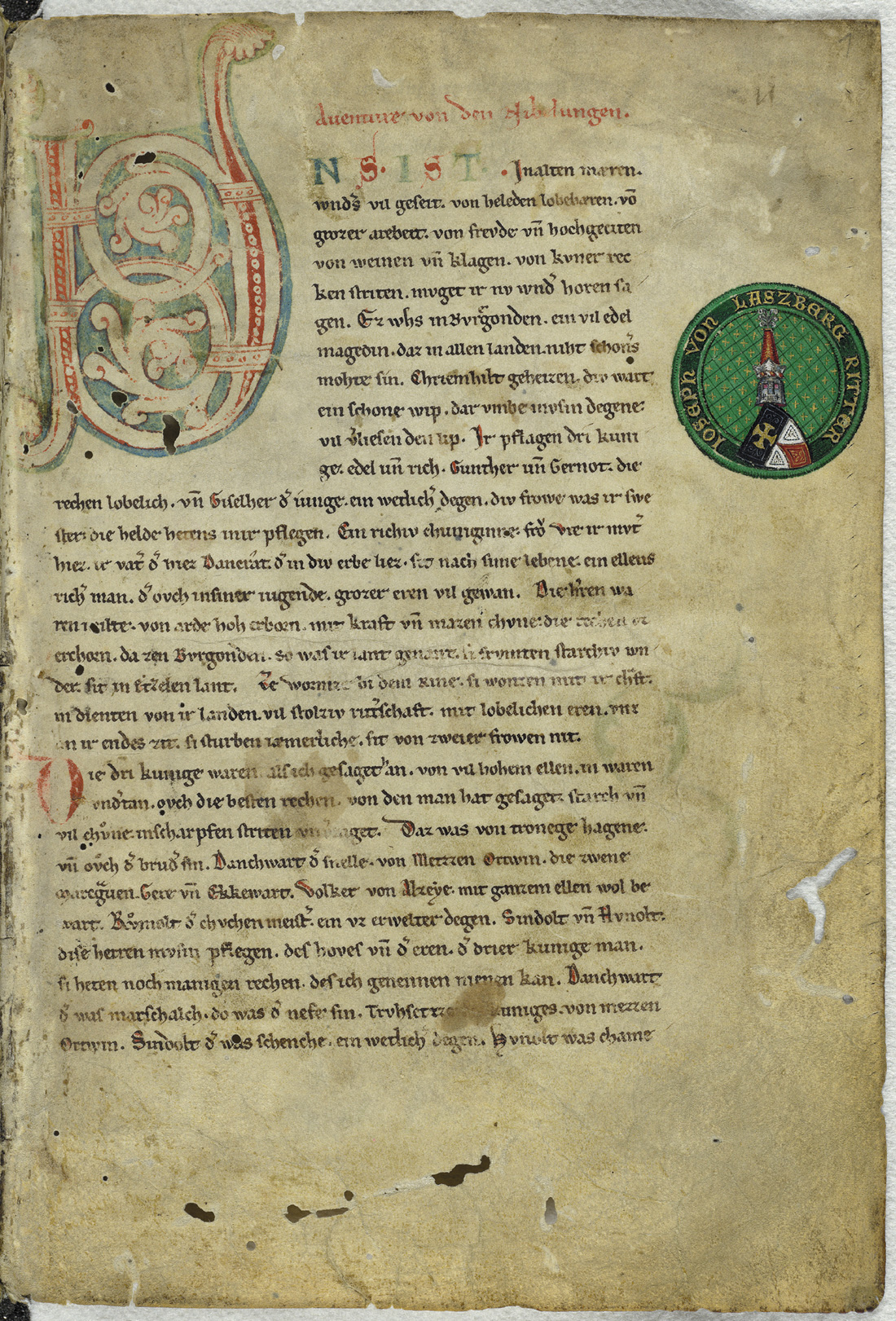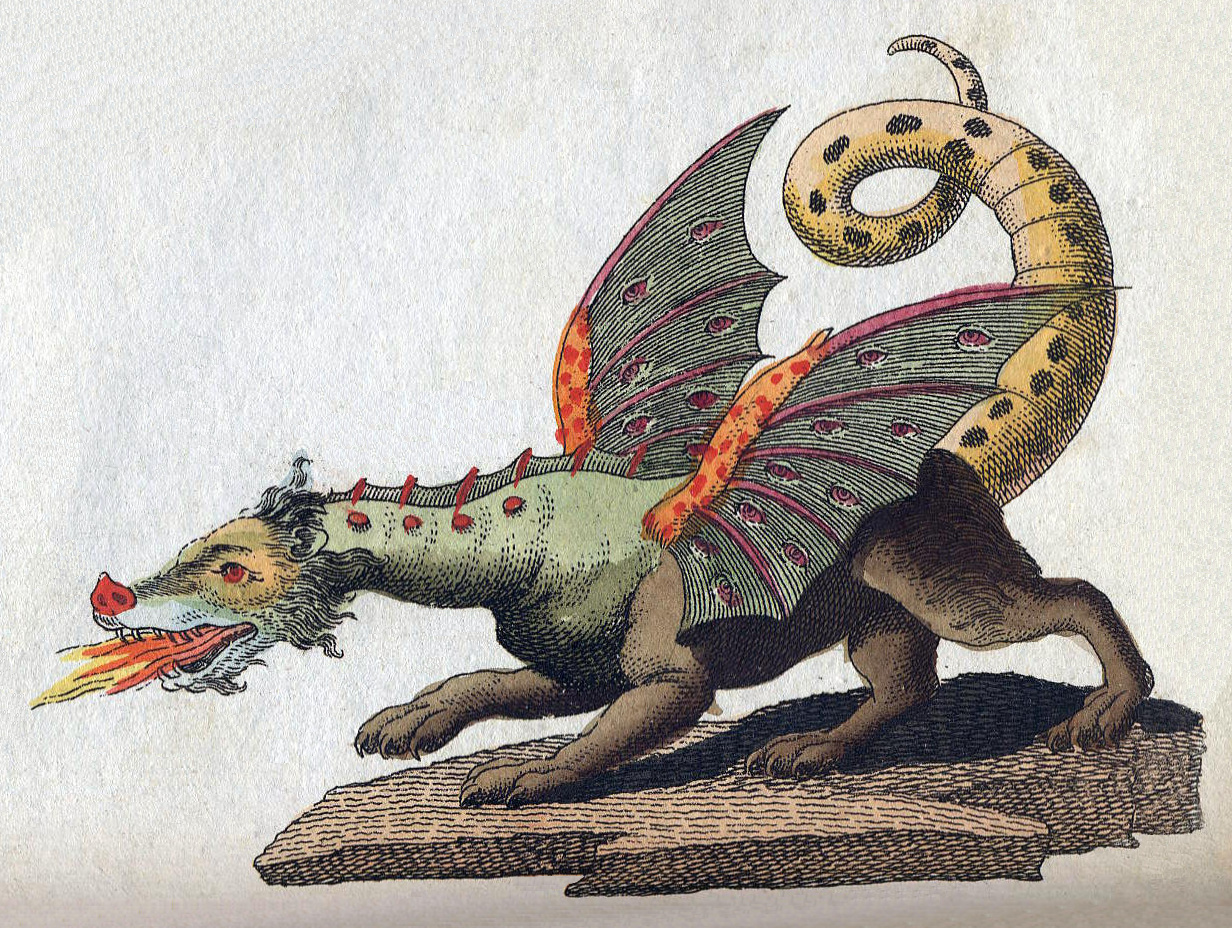|
Landkreis Alzey-Worms
Alzey-Worms () is a district in Rhineland-Palatinate, Germany. It is bounded by (from the east and clockwise) the district Groß-Gerau (Hesse), the city of Worms and the districts of Bad Dürkheim, Donnersbergkreis, Bad Kreuznach and Mainz-Bingen. History The territory was in Roman times part of the province of Germania Superior. The towns of Worms and Alzey go both back to Roman military camps. In medieval times the region was part of the Electorate of the Palatinate. After the French occupation (1797–1814) it was incorporated into the Grand Duchy of Hesse and formed a part of its province Rhenish Hesse. Two districts named Alzey and Worms were established in 1835. In the reorganisation of the districts of Rhineland-Palatinate in 1969 the new district of Alzey-Worms was formed by merging parts of the former districts. Geography The district is named after the city of Worms (which is neighboring, but not belonging to the district) and the town of Alzey (which is the ... [...More Info...] [...Related Items...] OR: [Wikipedia] [Google] [Baidu] |
Alzey
Alzey () is a ''Verband''-free town – one belonging to no ''Verbandsgemeinde'' – in the Alzey-Worms district in Rhineland-Palatinate, Germany. It is the fifth-largest town in Rhenish Hesse, after Mainz, Worms, Germany, Worms, Ingelheim am Rhein and Bingen am Rhein, Bingen. Alzey is one of the ''Nibelungenstädte'' – towns associated with the ''Nibelungenlied'' – because it is represented in this work by the character Volker von Alzey. Hence, Alzey is also known as ''Volkerstadt''. Geography Location Alzey lies in Rhenish Hesse on the western edge of the northern part of the Upper Rhine Plain. It is surrounded by the northern part of the Alzey Hills, which meets the Rhenish Hesse Hills towards the south and the North Palatine Uplands towards the east. The town is found some 30 km southwest of Mainz and some 22 km (as the crow flies, in each case) northwest of Worms, Germany, Worms. Through Alzey, in places underground, flows the river Selz, a left-bank tributa ... [...More Info...] [...Related Items...] OR: [Wikipedia] [Google] [Baidu] |
Rhine
), Surselva, Graubünden, Switzerland , source1_coordinates= , source1_elevation = , source2 = Rein Posteriur/Hinterrhein , source2_location = Paradies Glacier, Graubünden, Switzerland , source2_coordinates= , source2_elevation = , source_confluence = Reichenau , source_confluence_location = Tamins, Graubünden, Switzerland , source_confluence_coordinates= , source_confluence_elevation = , mouth = North Sea , mouth_location = Netherlands , mouth_coordinates = , mouth_elevation = , progression = , river_system = , basin_size = , tributaries_left = , tributaries_right = , custom_label = , custom_data = , extra = The Rhine ; french: Rhin ; nl, Rijn ; wa, Rén ; li, Rien; rm, label= Sursilvan, Rein, rm, label= Sutsilvan and Surmiran, Ragn, rm, label=Rumantsch Grischun, Vallader and Puter, Rain; it, Reno ; gsw, Rhi(n), inclu ... [...More Info...] [...Related Items...] OR: [Wikipedia] [Google] [Baidu] |
Bechtolsheim
Bechtolsheim (Literally Bechtol's Home) is an ''Ortsgemeinde'' – a municipality belonging to a ''Verbandsgemeinde'', a kind of collective municipality – in the Alzey-Worms district in Rhineland-Palatinate, Germany. It belongs to the ''Verbandsgemeinde'' of Alzey-Land, whose seat is in Alzey. Geography Location The municipality lies on the Selz, which here snakes along the Petersberg (mountain), at whose foot the municipality is found. The nearest towns are Alzey, with its dual administrative functions of district and ''Verbandsgemeinde'' seat, and Wörrstadt, roughly 10 km away. The state capital of Mainz, 30 km away, can be reached most quickly on Autobahn A 63. As a winegrowing centre, Bechtolsheim lies in Germany's biggest winegrowing district and in the middle of the Rheinhessen wine region. The municipal area covers 1 065 ha, of which 300 ha is planted with grapevines. Neighbouring municipalities The municipality's nearest nei ... [...More Info...] [...Related Items...] OR: [Wikipedia] [Google] [Baidu] |
Bechenheim
Bechenheim is an ''Ortsgemeinde'' – a municipality belonging to a ''Verbandsgemeinde'', a kind of collective municipality – in the Alzey-Worms district in Rhineland-Palatinate, Germany. It belongs to the ''Verbandsgemeinde'' of Alzey-Land, whose seat is in Alzey. Geography Location As a winegrowing centre, Bechenheim lies in Germany's biggest winegrowing district, in the southwest of Rhenish Hesse. Bechenheim is Rhenish Hesse's highest winegrowing municipality. History In 824, Bechenheim had its first documentary mention in a document from Fulda Abbey. Politics Municipal council The council is made up of 8 council members and the honorary mayor as chairman. The municipal election held on 7 June 2009 yielded the following results: Coat of arms The municipality's arms might be described thus: Gules a dexter arm embowed armed argent, the hand naked of the same and holding a beaker Or. Economy and infrastructure Winegrowing Bechenheim belongs to the “Wo ... [...More Info...] [...Related Items...] OR: [Wikipedia] [Google] [Baidu] |
Albig
Albig is an ''Ortsgemeinde'' – a municipality belonging to a ''Verbandsgemeinde'', a kind of collective municipality – in Rhenish Hesse in the Alzey-Worms district in Rhineland-Palatinate, Germany. Geography Location The municipality lies in Rhenish Hesse and belongs to the ''Verbandsgemeinde'' of Alzey-Land, whose seat is in Alzey. History Traces of New Stone Age (Spiral Ceramic) and Iron Age settlers, believed to be Celts, have been found in Albig. Some finds, such as fibulae, rings and vessels from a La Tène-era grave, are displayed in the ''Landesmuseum Mainz''. On a hill near Albig, the foundations of a Roman ''villa rustica'' were unearthed, and because it was mistakenly believed that they were a mediaeval castle ruin, they were named ''Schloss Hammerstein'', “Schloss” being a German word for castle. Albig had its first documentary mention in 767 in a document donating a vineyard to Lorsch Abbey. Since 1975 there has been a partnership with the French ... [...More Info...] [...Related Items...] OR: [Wikipedia] [Google] [Baidu] |
Alzey-Land
Alzey-Land is a ''Verbandsgemeinde'' ("collective municipality") in the district Alzey-Worms, Rhineland-Palatinate, Germany. It is located around the town Alzey, which is the seat of Alzey-Land, but not part of the ''Verbandsgemeinde''. Alzey-Land consists of the following ''Ortsgemeinden'' ("local municipalities"): Notable residents * William Heilman, born in Albig, United States Congressman from Indiana * Hildegard von Bingen Hildegard of Bingen (german: Hildegard von Bingen; la, Hildegardis Bingensis; 17 September 1179), also known as Saint Hildegard and the Sibyl of the Rhine, was a German Benedictine abbess and polymath active as a writer, composer, philosopher ... References Verbandsgemeinde in Rhineland-Palatinate {{AlzeyWorms-geo-stub ... [...More Info...] [...Related Items...] OR: [Wikipedia] [Google] [Baidu] |
Verbandsgemeinde
A Verbandsgemeinde (; plural Verbandsgemeinden) is a low-level administrative unit in the German federal states of Rhineland-Palatinate and Saxony-Anhalt. A Verbandsgemeinde is typically composed of a small group of villages or towns. Rhineland-Palatinate The state of Rhineland-Palatinate is divided into 163 Verbandsgemeinden, which are municipal associations grouped within the 24 districts of the state and subdivided into 2,257 Ortsgemeinden (singular Ortsgemeinde) which comprise single settlements. Most of the Verbandsgemeinden were established in 1969. Formerly the name for an administrative unit was ''Amt''. Most of the functions of municipal government for several municipalities are consolidated and administered centrally from a larger or more central town or municipality among the group, while the individual municipalities (Ortsgemeinden) still maintain a limited degree of local autonomy. Saxony-Anhalt The 11 districts of Saxony-Anhalt are divided into ''Verwaltungsgemein ... [...More Info...] [...Related Items...] OR: [Wikipedia] [Google] [Baidu] |
Sigurd
Sigurd ( non, Sigurðr ) or Siegfried (Middle High German: ''Sîvrit'') is a legendary hero of Germanic heroic legend, who killed a dragon and was later murdered. It is possible he was inspired by one or more figures from the Frankish Merovingian dynasty, with Sigebert I being the most popular contender. Older scholarship sometimes connected him with Arminius, victor of the Battle of the Teutoburg Forest. He may also have a purely mythological origin. Sigurd's story is first attested on a series of carvings, including runestones from Sweden and stone crosses from the British Isles, dating from the eleventh century. In both the Norse and continental Germanic tradition, Sigurd is portrayed as dying as the result of a quarrel between his wife ( Gudrun/Kriemhild) and another woman, Brunhild, whom he has tricked into marrying the Burgundian king Gunnar/Gunther. His slaying of a dragon and possession of the hoard of the Nibelungen is also common to both traditions. In other respect ... [...More Info...] [...Related Items...] OR: [Wikipedia] [Google] [Baidu] |
Epic Poem
An epic poem, or simply an epic, is a lengthy narrative poem typically about the extraordinary deeds of extraordinary characters who, in dealings with gods or other superhuman forces, gave shape to the mortal universe for their descendants. Etymology The English word ''epic'' comes from Latin ''epicus'', which itself comes from the Ancient Greek adjective (''epikos''), from (''epos''), "word, story, poem." In ancient Greek, 'epic' could refer to all poetry in dactylic hexameter (''epea''), which included not only Homer but also the wisdom poetry of Hesiod, the utterances of the Delphic oracle, and the strange theological verses attributed to Orpheus. Later tradition, however, has restricted the term 'epic' to ''heroic epic'', as described in this article. Overview Originating before the invention of writing, primary epics, such as those of Homer, were composed by bards who used complex rhetorical and metrical schemes by which they could memorize the epic as received i ... [...More Info...] [...Related Items...] OR: [Wikipedia] [Google] [Baidu] |
Nibelungenlied
The ( gmh, Der Nibelunge liet or ), translated as ''The Song of the Nibelungs'', is an epic poetry, epic poem written around 1200 in Middle High German. Its anonymous poet was likely from the region of Passau. The is based on an oral tradition of Germanic heroic legend that has some of its origin in historic events and individuals of the 5th and 6th centuries and that spread throughout almost all of Germanic languages, Germanic-speaking Europe. Scandinavian parallels to the German poem are found especially in the heroic lays of the ''Poetic Edda'' and in the ''Völsunga saga''. The poem is split into two parts. In the first part, the prince Sigurd, Siegfried comes to Worms, Germany, Worms to acquire the hand of the Burgundians, Burgundian princess Kriemhild from her brother King Gunther. Gunther agrees to let Siegfried marry Kriemhild if Siegfried helps Gunther acquire the warrior-queen Brünhild as his wife. Siegfried does this and marries Kriemhild; however, Brünhild and Krie ... [...More Info...] [...Related Items...] OR: [Wikipedia] [Google] [Baidu] |
Western Dragon
The European dragon is a legendary creature in folklore and mythology among the overlapping cultures of Europe. The Roman poet Virgil in his poem ''Culex'' lines 163-201, describing a shepherd having a fight with a big constricting snake, calls it "serpens" and also "draco", showing that in his time the two words probably could mean the same thing. In and after the early Middle Ages, the European dragon is typically depicted as a large, fire-breathing, scaly, horned, lizard-like creature; the creature also has leathery, bat-like wings, four legs, and a long, muscular prehensile tail. Some depictions show dragons with one or more of: feathered wings, crests, ear frills, fiery manes, ivory spikes running down its spine, and various exotic decorations. In folktales, dragon's blood often contains unique powers, keeping them alive for longer or giving them poisonous or acidic properties. The typical dragon in Christian culture protects a cavern or castle filled with gold and trea ... [...More Info...] [...Related Items...] OR: [Wikipedia] [Google] [Baidu] |






